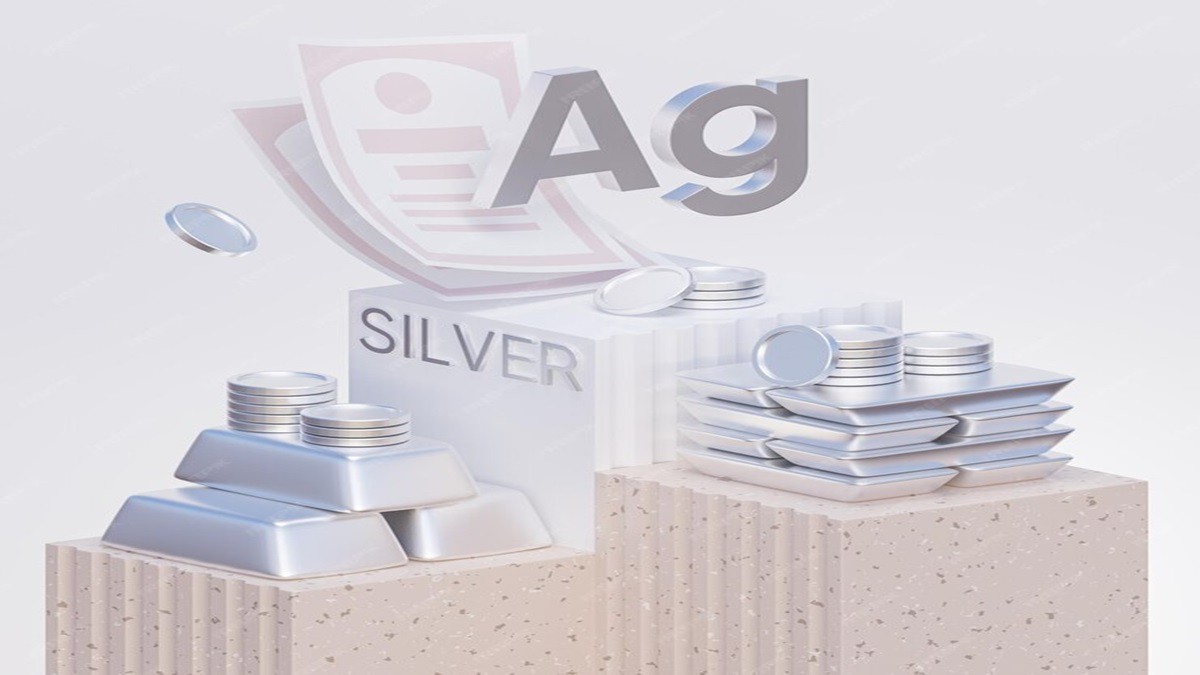A leading government think tank has proposed the end of GST exemption even as the empowered rate-setting panel remains headless for nearly six months.
A study by the National Institute of Public Finance and Policy (NIPFP) argues for bringing all goods and services under the tax regime as the rich are getting more benefits contrary to the belief that tax exemptions benefit the lower strata of consumers.
Central Board of Indirect Taxes and Customs (CBIC) chairman Sanjay Agarwal last week said: “Industry should introspect if it wants a simpler GST structure. Complications arise when they seek exemption on two out of five items because ITC (input tax credit) in such cases would not be allowed on the exempted items. That would disrupt the whole ITC chain.”
At present, the regime gives tax exemption to several essential and basic goods and services – such as foodgrains, fruits, vegetables, meat, hospitals, diagnostic tests, education and public transport.
The working paper by the NIPFP – “Distributional Impact of Indian GST” – argues that exemptions on goods and services tax are delivering more benefits to households with higher monthly expenditure than the lower strata of consumers. The NIPFP (National Institute of Public Finance and Policy) is an autonomous research institute under the finance ministry. Second, it found that the exempted items account for only around 20 per cent of a low-income household’s monthly expenditure, and hence, bringing them under the tax net is unlikely to pinch consumers’ pockets.
Right now, there are nine tax slabs in GST: (exempted), very low (exempt to 5 per cent), low (5 per cent), lower middle (5-12 per cent), middle (12-18 per cent), upper middle (18 per cent), upper (28 per cent), high (higher than 28 per cent), and lastly out-of-GST.
The study authored by Sacchidananda Mukherjee said it considered 123 major groups of items of households’ consumption during 2021-22 to determine the distributional impact of taxes and exemptions.
At the lowest income households – or 5 per cent of the households from the bottom when the households are arranged – according to personal consumption expenditure, they spent around Rs 934 per person per month in 2021-22 on consumption, according to CMIE’s Consumer Pyramids Household Survey. In contrast, the top 5 per cent spent Rs 5,945 per person per month, the survey said.
According to the analysis made by the working paper, the lowest income household spent around 20 per cent of their money on GST-exempt items such as foodgrains, vegetables, fruits, public transport and so on. In contrast, this low-income group spends around 35 per cent of their money on items that are taxed at 5 per cent GST.





